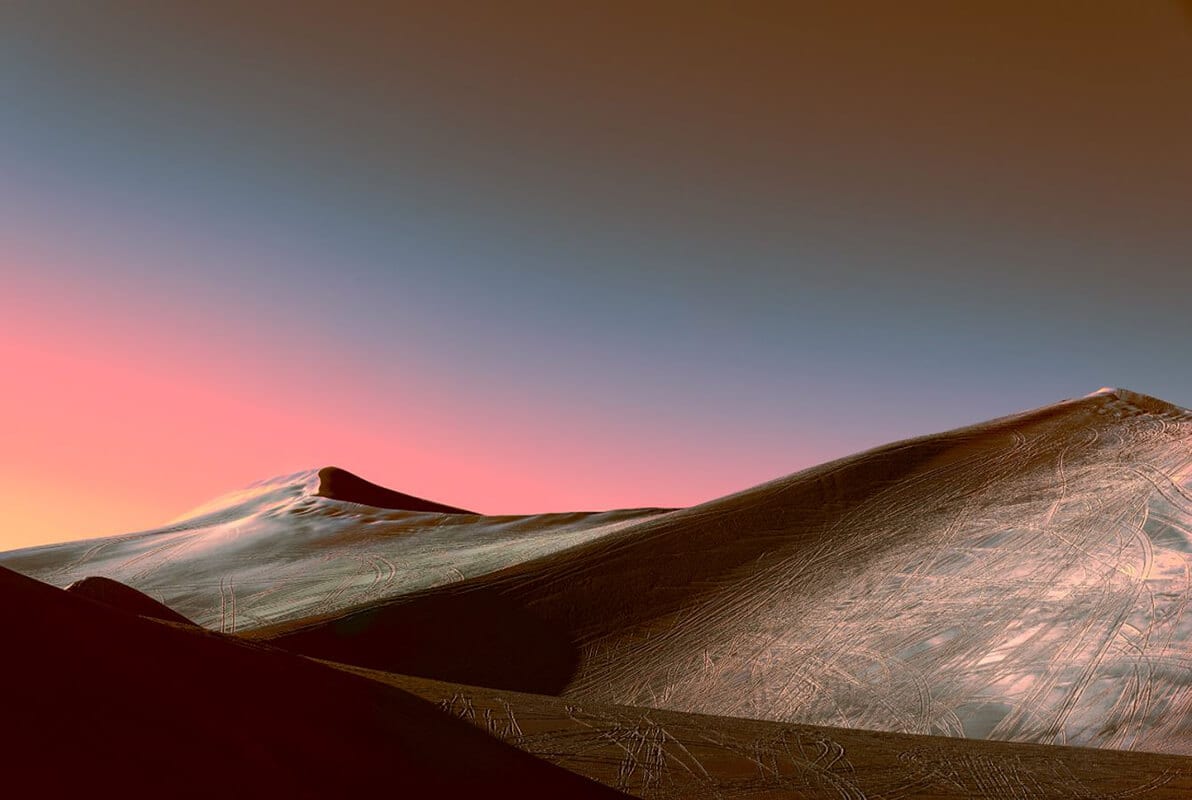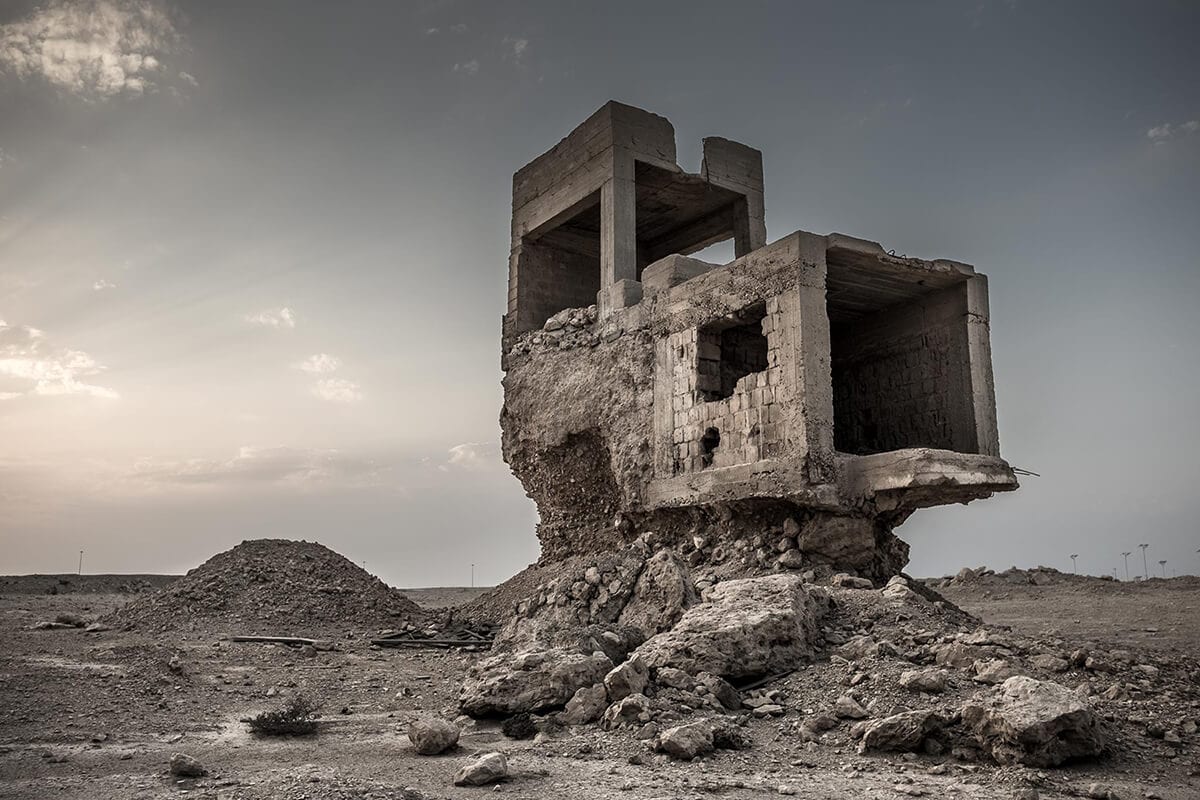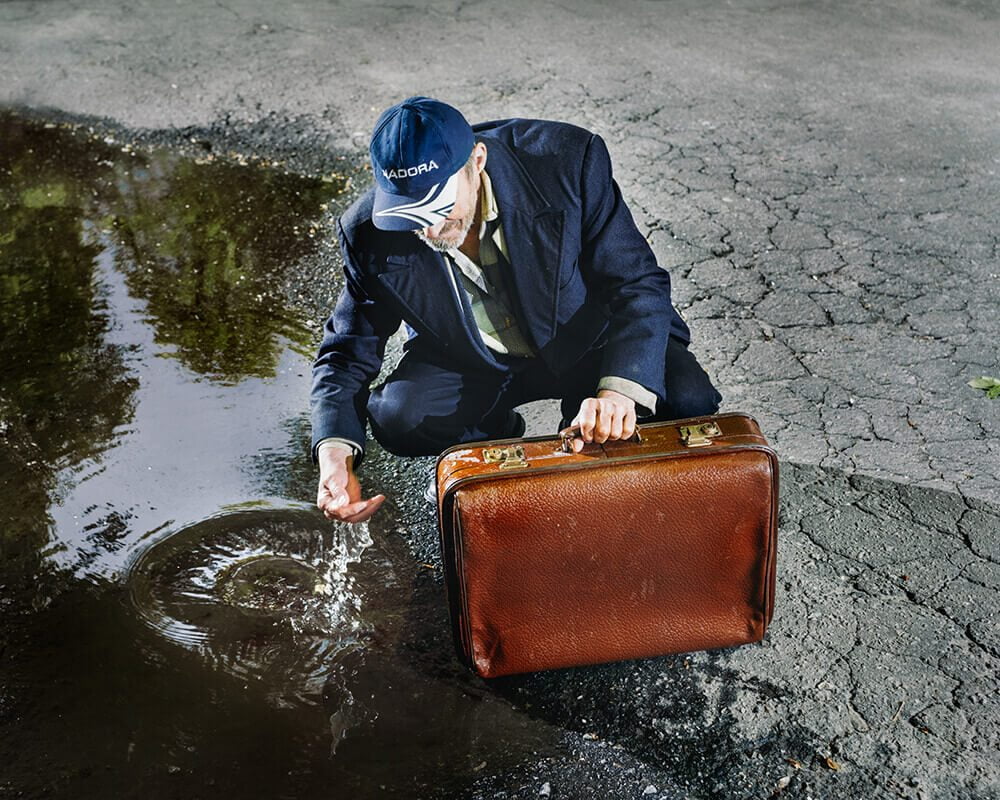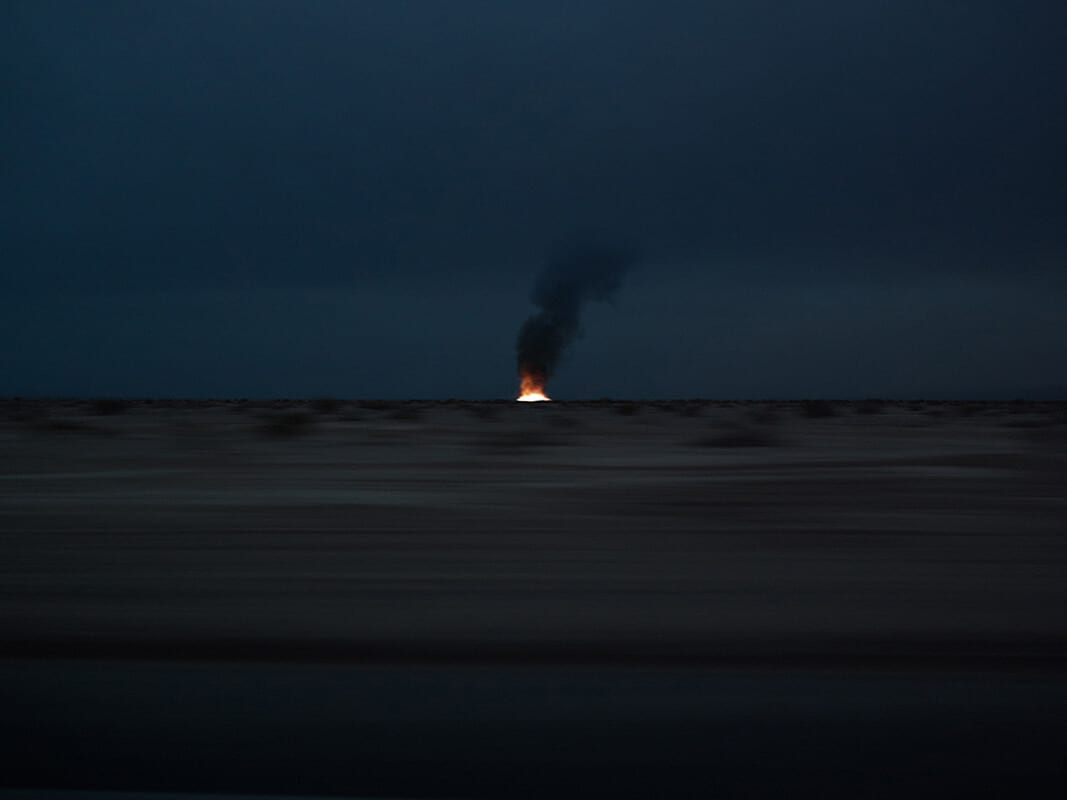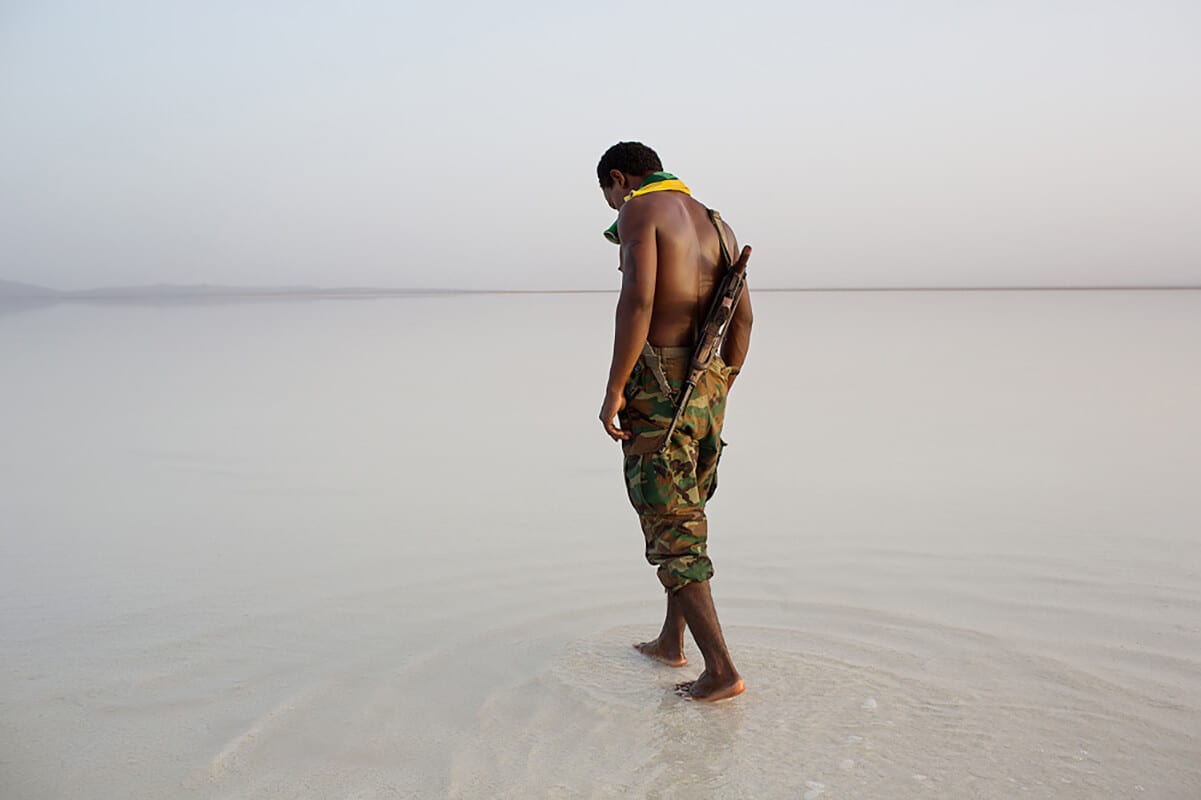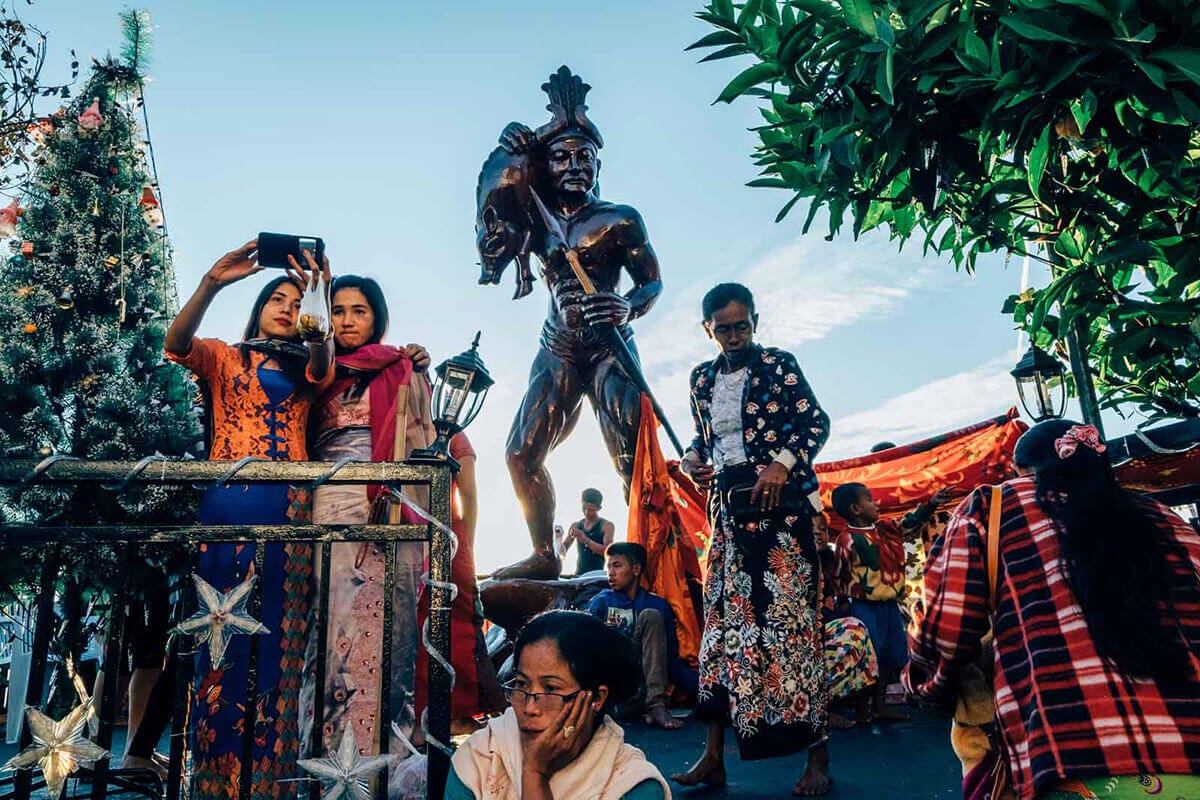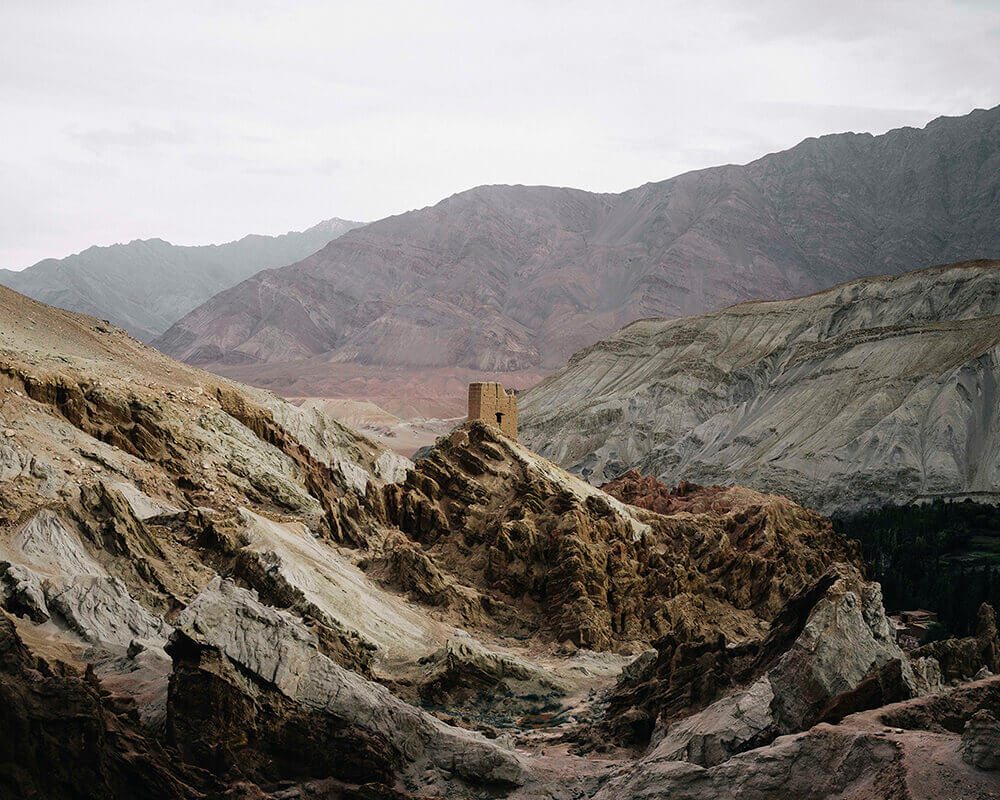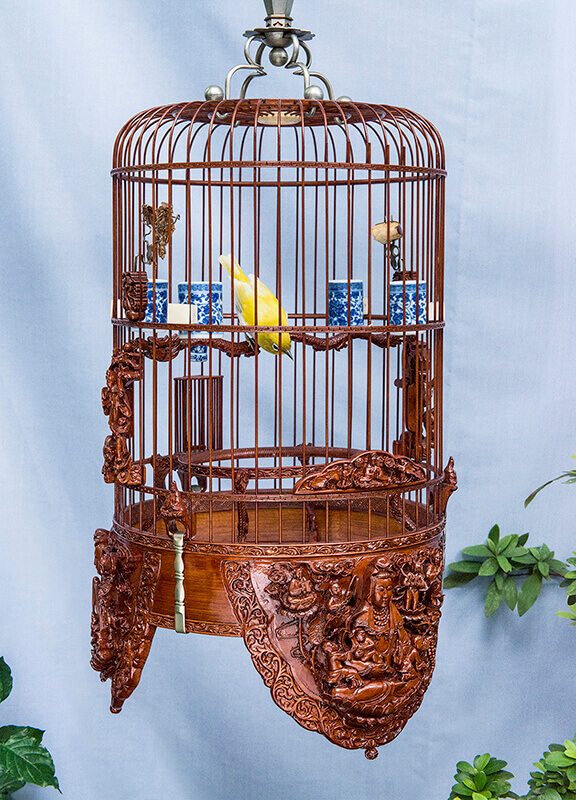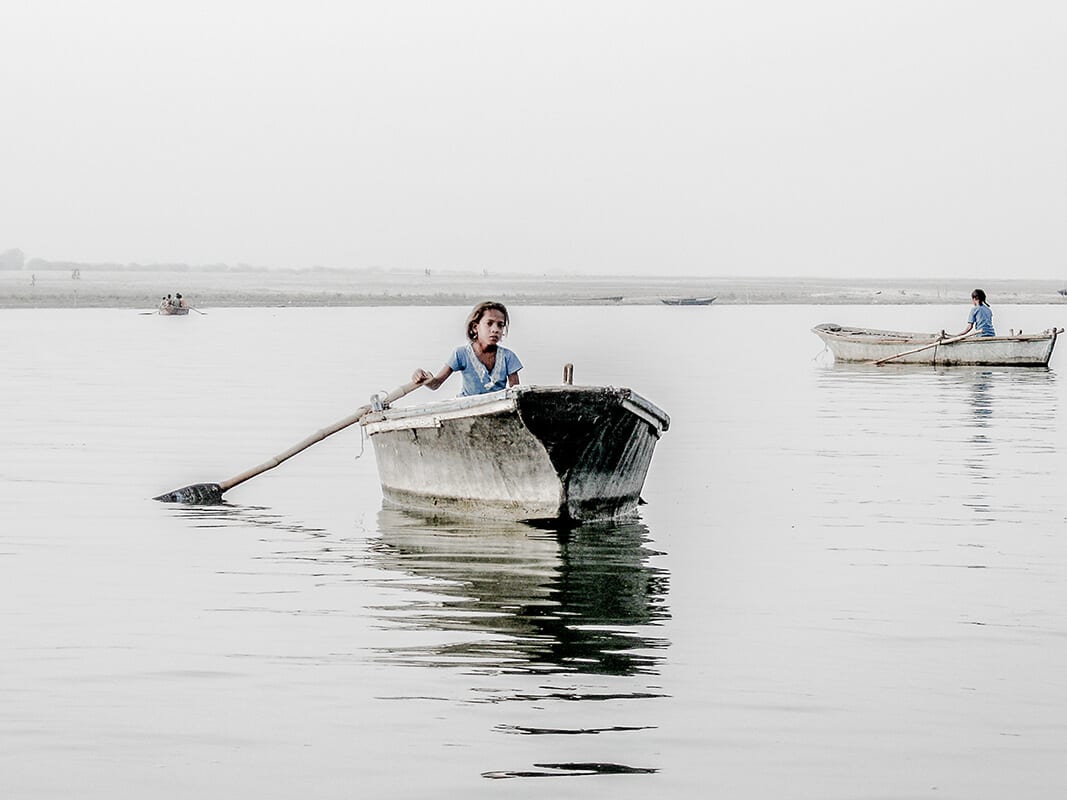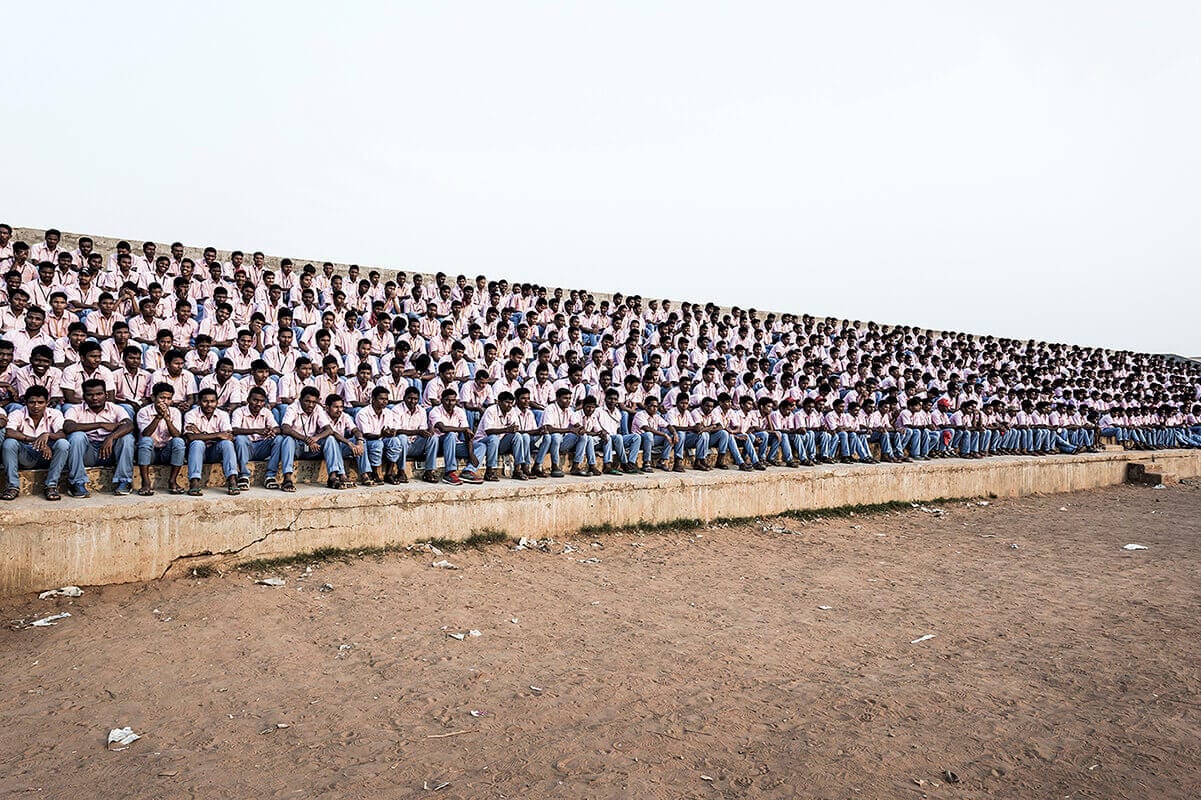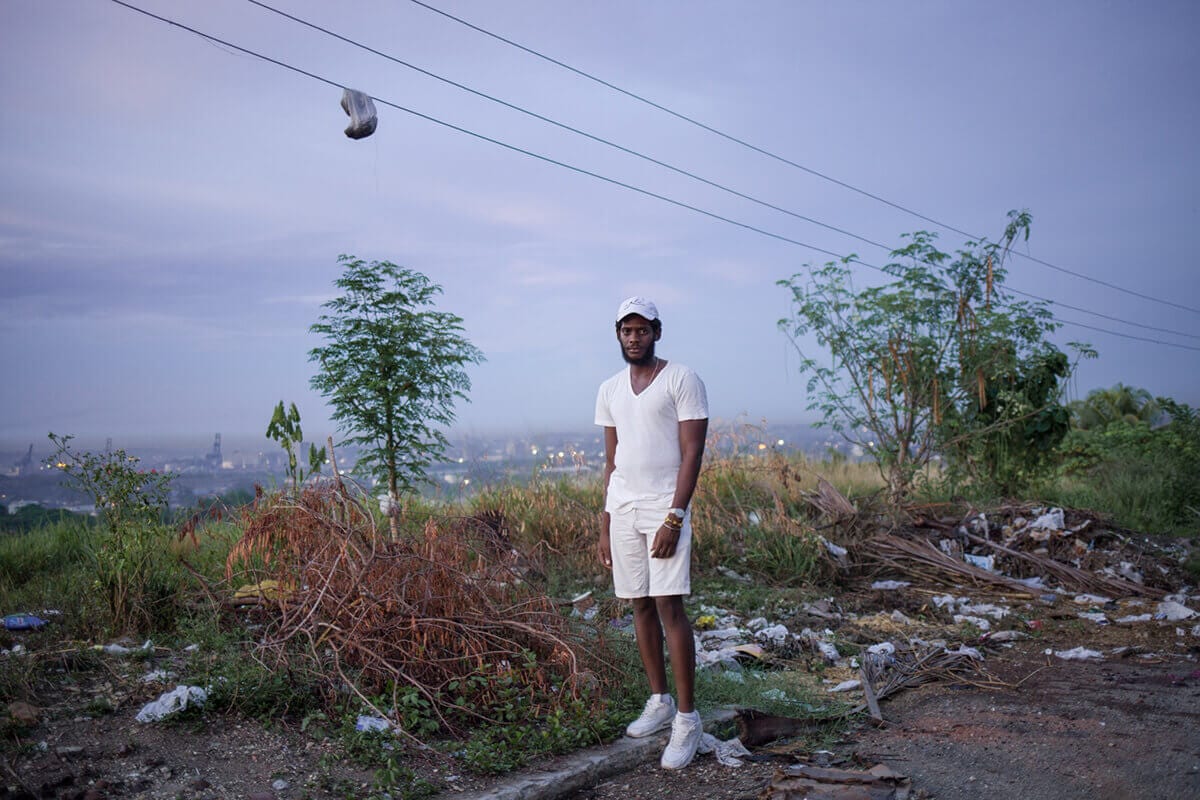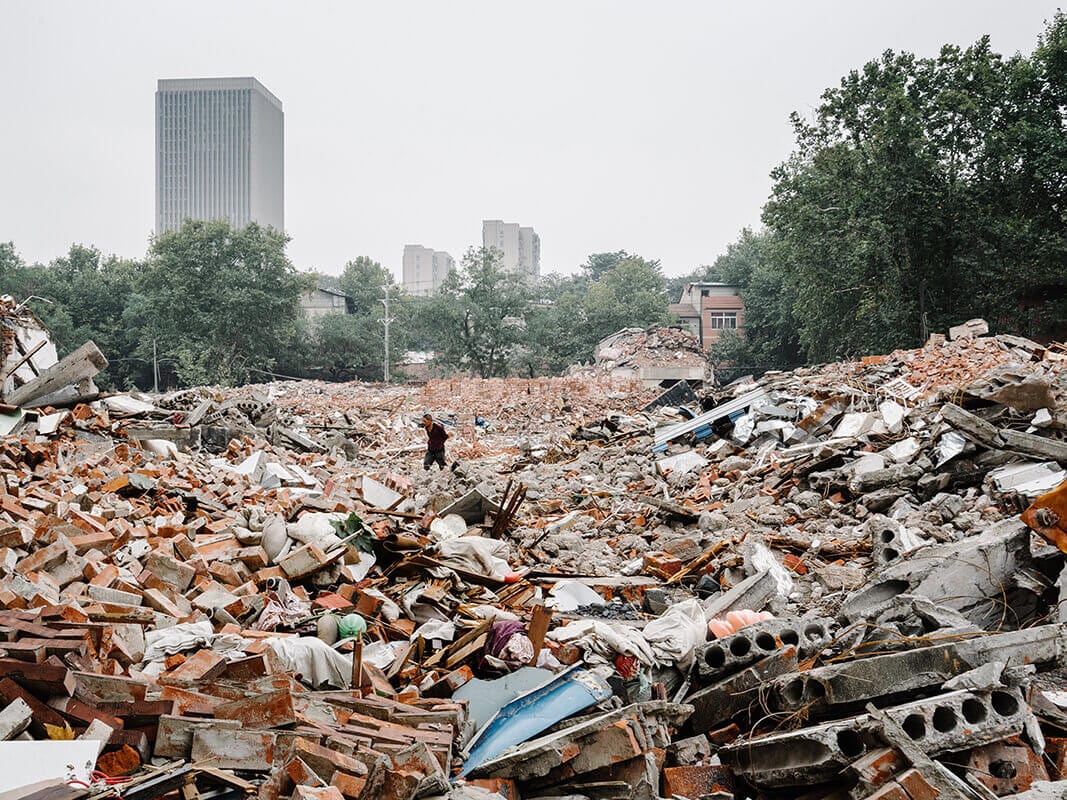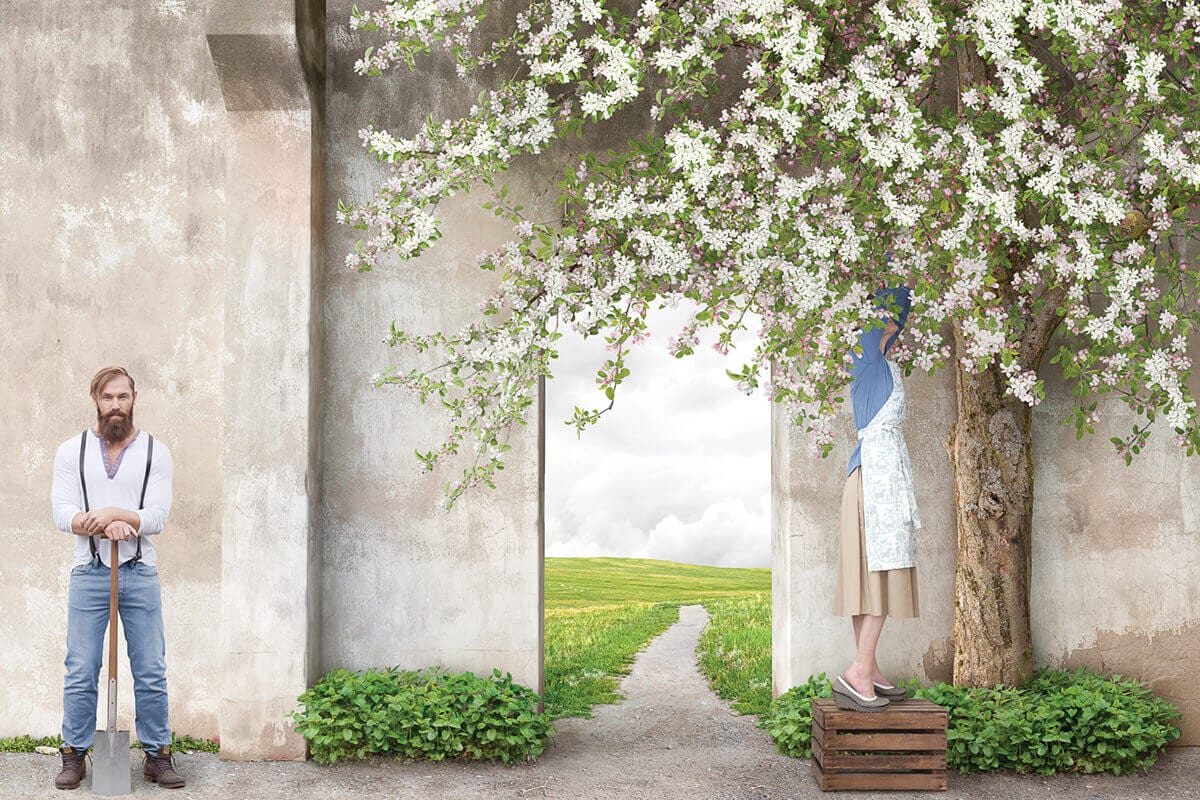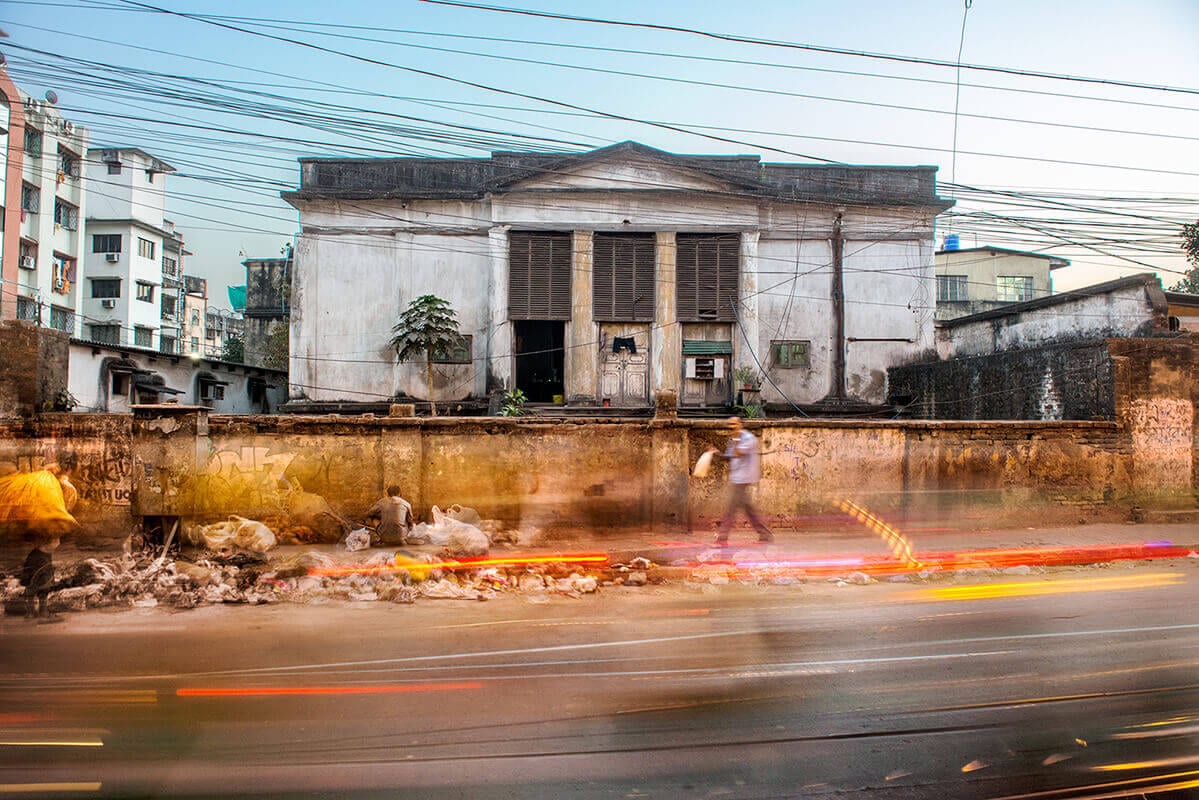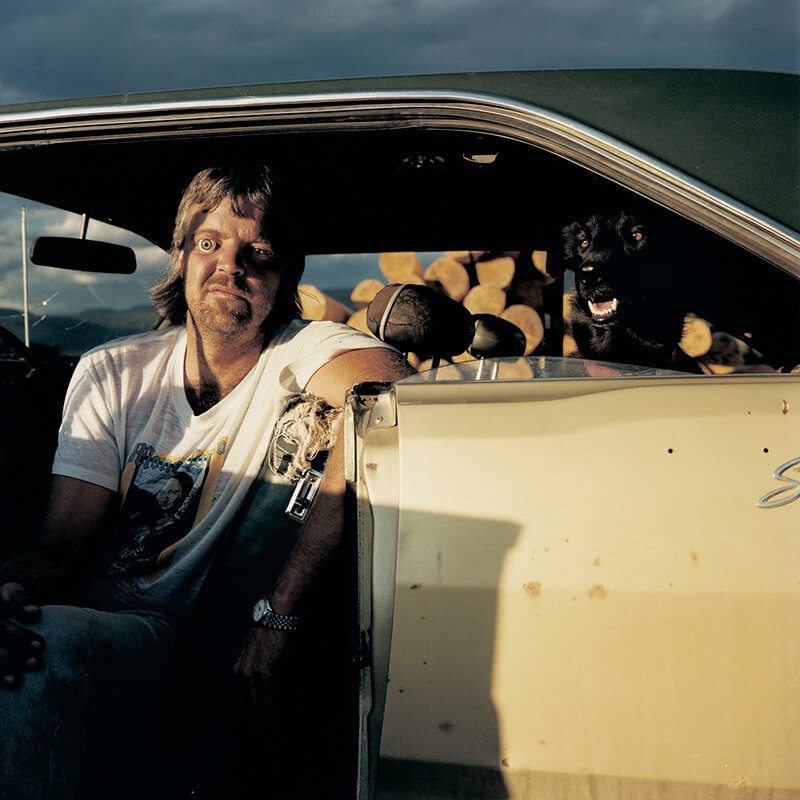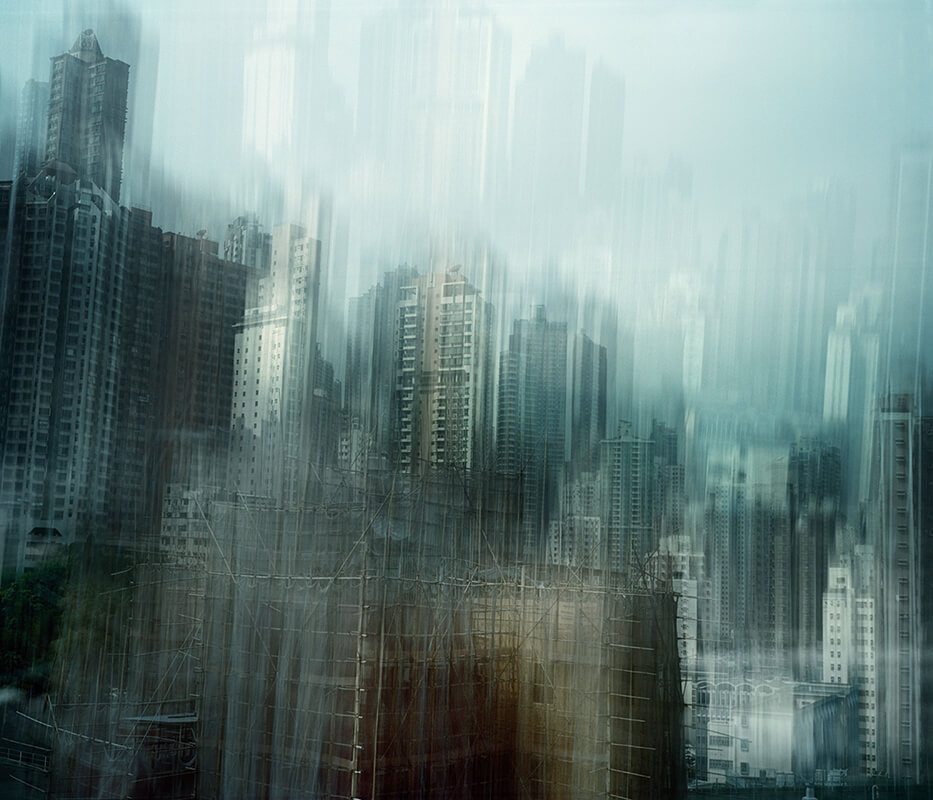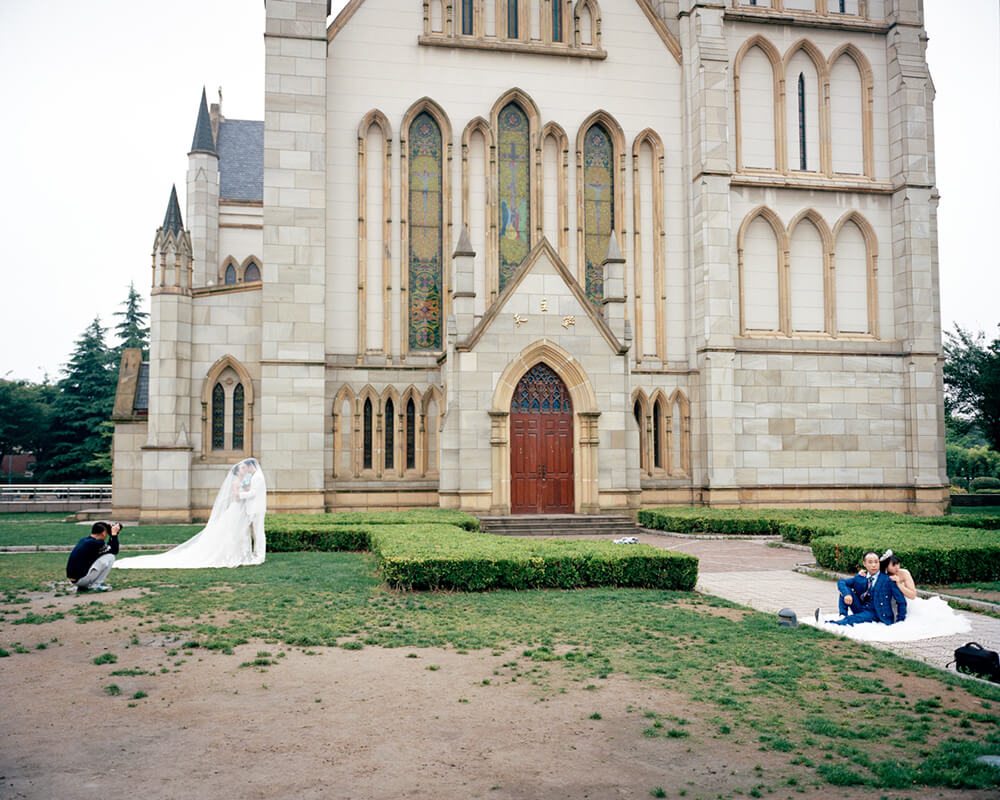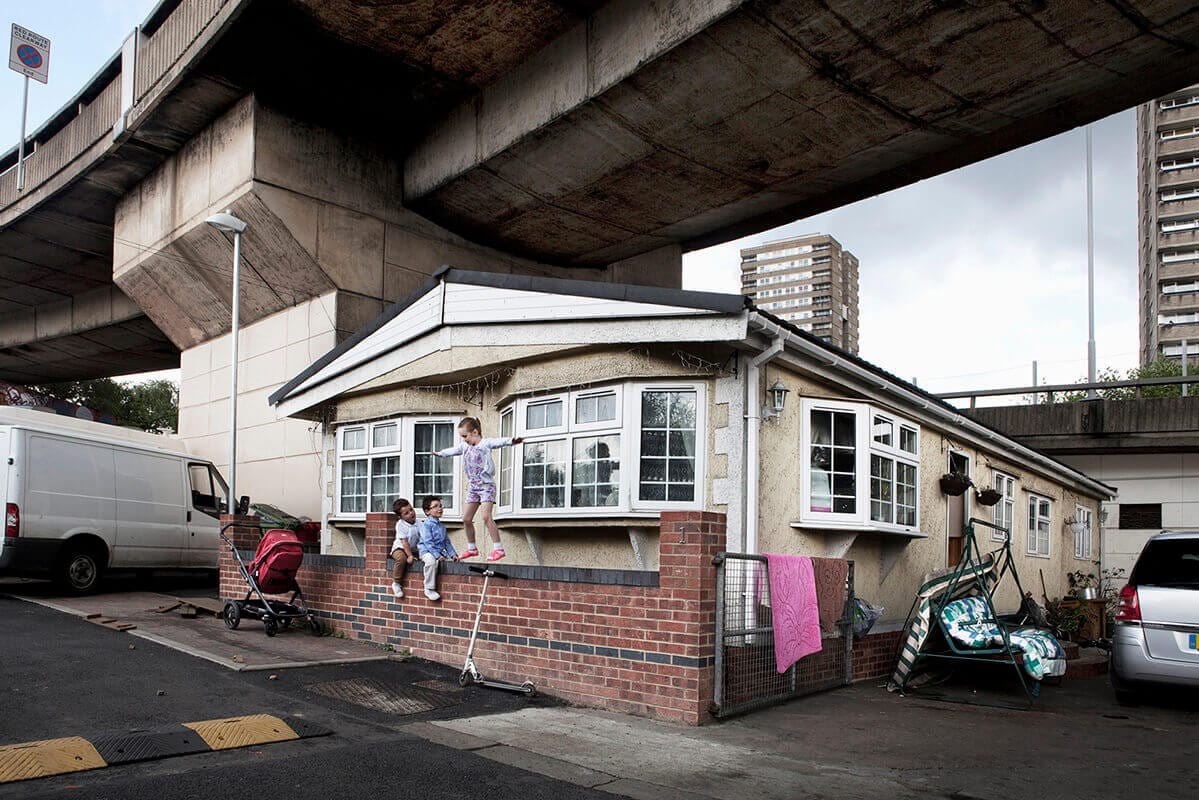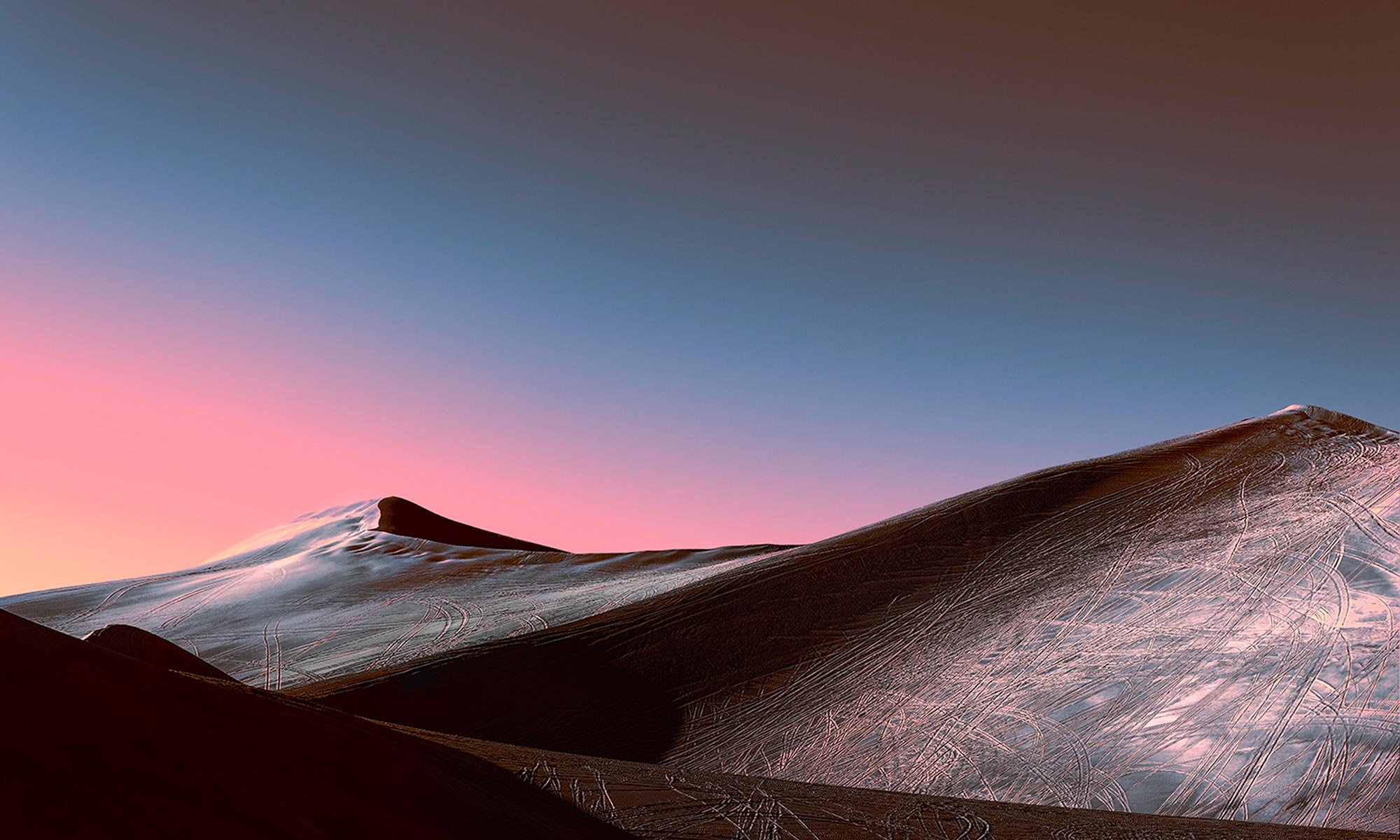
“CIVILIZATION”
ANNOUNCING THE WINNERS
We are delighted to present the results of the first monthly theme of Life Framer edition IV – CIVILIZATION. We asked you to explore the lived-in world – people, cultures and societies.
The theme was judged by Simon Norfolk – a distinguished artist described by critics as ‘the leading documentary photographer of our time’, and recipient of many prestigious accolades including the Discovery Prize at Les Rencontres d’Arles, the Infinity Prize from The ICP, the Prix Pictet, and multiple World Press Photo Awards.
You can discover the winning images below and join the discussion on Facebook, Instagram and Twitter. Congratulations to all the talented photographers featured, and thank you to everyone who submitted their work.
FIRST PRIZE: STEFANO GARDEL
“This image of tire tracks on the dunes made me think of T.S. Eliot:
‘We shall not cease from exploration
And the end of all our exploring
Will be to arrive where we started
And know the place for the first time.’
It has the precariousness of my second prize image but adds to it a blindness in the way we vandalise the natural world. The acme of Civilisation as nothing more than beauty despoiled. It also looks like a picture that was a tricky to pull off and given a choice I would always lean towards the one that shows more craft. This is an image that I wish I’d taken”. – Simon Norfolk
SECOND PRIZE: MICHIEL DE LANGE
“This image makes me think of Shelley’s Ozymandias:
‘Round the decay
Of that colossal wreck, boundless and bare
The lone and level sands stretch far away.’
I like its layeredness and its precariousness. It makes me think about permanence and jeopardy. We’re all teetering on the brink. This image of a page of Shelley’s notebook the night he wrote that poem and won his competition with Horace Smith is a favourite of mine. Michiel might like it. Even pure genius has a lot of crossings out and revision”. – Simon Norfolk
DAVID DENIL
This image from David’s series ‘Let Us Not Fall Asleep While Walking’ is a conceptual study of Ukraine in the wake of the 2014 protests and overthrowing of President Yanukovych. It captures that state of unease and while some of that political context may be lost in a single frame, it speaks as an image of the aftermath – the end of one civilization and the beginning of another, this man in a suit and with a briefcase from his past life, collecting water; existence distilled down to its most simple essence. Technically, there’s a real skill apparent in the lighting and framing too. It’s an intriguing image, and one I keep coming back to.
LEONARDO MAGRELLI
Fire is innately synonymous with civilization – both its lifeblood as heat and energy, and the destruction it can wreck. It perhaps also acts as a metaphor for spreading cultures – powerful, destructive and difficult to control, none more apparent than in places like Iran where this image was taken. In that sense, the image has an intellectual depth, but it’s striking as a visual composition – the rush of the dark landscape, and the single, central point of light rising in the distance is atmospheric and mesmerising.
ROEL VERHOEVEN
Roel’s image is a wonderfully framed composition – with expert attention to line and perspective. The pastel tones, and flatness achieved through lack of shadowing create something striking and satisfying. To me, it explores our need to compartmentalise and control, for perfection; straight lines and cleanliness – far from the uncontrolled sprawl, and the greens and browns of nature. “Good fences make for good neighbours” as the expression goes – not necessarily in a negative sense, but certainly as a hallmark of our modern western Civilization. It’s a simple, minimal, and thoughtful reflection on how we seek something in-between expression and anonymity.
JAN CIESLIKIEWICZ
Jan’s image is from his series ‘Null Hypothesis’, in which he explores the reality that ‘from every day events to the most fundamental questions, both on a personal and cosmic scale, we are surrounded by contradictions, unknowns, and change’. This image is a certainly a conceptual expression of that idea, but contradictions and the unknown are fitting descriptors.
It is difficult to think about civilization without thinking about war and destruction – this image shows a soldier, back turned and weapon in view, but it subverts the normal visual language of war. Here he is bare foot and vulnerable, cautiously stepping out into a white, empty and peaceful landscape. Context is everything, and this image is surely as much about what Jan doesn’t show us as what he does, but for me it can be described with one word: hope.
LINKA A ODOM
There’s a lot to like about this image of visitors at Kyaiktiyo Pagoda in Burma. It’s packed with information – bursting with textures and colours, and with the frame used to full effect: every element occupying its own portion of the frame. I like to think that this in a composition that took craft and patience to achieve. It’s an image that speaks of tradition and modernity – the statue and traditional textiles playing against the girls with the smart phone – and while I don’t think that’s what this image is about, it’s another layer to a very well-considered scene.
RUAIRIDH MCGLYNN
Ruairidh describes himself as a ‘mobile photographer’, and if this image was taken with a mobile phone then it’s a testament to just how far that technology has come. He gives us a stunning landscape of soft natural tones with a decaying tower centre frame – a single totem to human civilization in an immense and uncompromising landscape. Reading his statement we learn that it is an old military outpost – or ‘Bothy’ – in Scotland, long-ago abandoned but now adopted by a hardy few wanting to escape modern civilization.
To me, his image speaks of both human strength and perseverance, but also of our insignificance in the vastness of existence, and of the transient nature of civilization – the inevitable erosion and disappearance of the things we create.
LAURENCE KUBSKI
While many of the submissions could be described as landscape, documentary, portrait or street images, Laurence describes civilization through object – an ornate birdcage carved with religious iconography, hung against a clean studio backdrop, and with its song bird standing brightly in the middle. It’s a creative response to the theme, and an eye-catching image – one charged with ideas of civilization; of craftsmanship and symbolism, and of our strange ways of understanding and interacting with the natural world; this bird made captive for our pleasure.
MELISSA BARCELO
This image portraying a small girl rowing – one of many it would seem – is elegant and powerful. I would speculate that she works the river crossing, making a living transporting people from one side to the other. I may be wrong, but nonetheless there is something haunting in her expression, and this combined with the desaturated colors and sparse backdrop creates something sad and despairing a little girl along in any ugly world. It’s a highly emotive, and well-taken image.
MANU DE CALUWE
Manu’s website presents a quote by Dziga Vertov – “I am a mechanical eye. I, a machine, am showing you a world, the likes of which only I can see”. It’s not one I had heard before, but a wonderful reference point for photographers – a mission statement to show an audience what they haven’t seen before, be it new subject matter, or old subject matter in a refreshing way.
It’s also a brilliant descriptor for this image from his series “Tribe Done Gone” – a strange and striking composition of Indian children of many indigenous tribes sat on stadium bleachers. The negative space of the flat sky and muted earth, contrasted with the strip of visual information is arresting. We define civilization by our tribes, and this is one such representation.
KIRSTIN SCHMITT
Kirstin describes her ongoing series shot in Cuba ‘El Mundo Por Adelante (The World Ahead)’. This particular image struck us with the elegance of her technique – it’s an assured, technical portrait – and the haunting subject, dressed in bright white against the flotsam and jetsam of our throw-away culture, and the distant glow of city lights. He stands on the fringes of the city, and perhaps that’s a metaphor for the man himself, and for everything that we harbour behind our exteriors. I think of youth and the world they have inherited – the messy, confusing and lonely place it can be. It’s a gorgeous, meditative image.
ALESSANDRO ZANONI
Alessandro’s image is perhaps not the most original response to the theme – urban ruin and decay was a common thread in the entries received – but it is no less striking because of it. We see a sea of building rubble and debris, with modern structures rising out of the ground behind, and a lone figure surveying the destruction, his posture thoughtful and reflective. What has caused such annihilation we can only speculate – a natural disaster, or a controlled demolition in the pursuit of human progress? Pondering this kind of question is what makes an image like this so powerful.
MANFRED DAAMS AND METTE HANSEN
Manfred and Mette’s image is a complex digital montage, composed from their own photographs and stock images. There is therefore something intriguing in both the process and the result – an image that has a romantic and painterly quality – not a painting, nor a photograph, but something in between.
It’s a beautiful, gentle composition and an ode to simple civilization away from the industrialised world; the colours and textures have been carefully chosen as an antithesis to fast-paced urban life, and it questions our relationship with nature, and how many of us increasingly idealise such a modest existence. They note ‘marketing influencing our view of nature’ in their statement, and there is certainly something of that here – a flawless, ‘too good to be true’ utopia? I can’t help but think of Adam and Eve, and it makes me wonder what other symbolism this image might be imbued with.
BIVAS BHATTACHARJEE
This image pops with an energy and controlled chaos. Light trails are perhaps an obvious trope in images of urban life, but here they play nicely against the mess of overhead power lines higher in the frame to describe the pace of our modern civilization – the unrelenting movement of people, objects and information. It’s a technique that Bivas uses in much of his work, focusing on the velocity of modern life in India, and here it is employed to great effect, the dawn-time light carefully selected to bring color and clarity to the frame.
What’s interesting in this image is the decaying mansion how as a symbol of past wealth, and the single figure bent near the pavement wall, presumably rummaging through litter. He is almost lost in the scene, which elegantly describes the layers of urban life: for every advancement and increase in pace, and for every display of wealth and power, there are invariably those who are left behind.
INGVAR KENNE
Ingvar’s portrait of Per and his dog Tinker shows a man on the fringes of civilization – a non-conformist and true individual who has chosen to shun the prescribed American domestic life. It’s a masterful portrait, elegantly framed and with the setting sun casting a gorgeous golden light across the subjects. I would love to know where the adventure goes next.
EDOARDO COZZANI
Edoardo’s image immediately caught our attention – a dynamic abstraction of the urban environment, with well-controlled blur and gorgeous, painterly tones. It speaks of our cities scaling higher and higher, proliferating at an ever-faster rate; the dark, muted colors and distortion describing an anxiety apparent in an urban world too big for any one individual to comprehend. It’s highly evocative – a dystopian and haunting representation of the urban environment, but one that any city-dweller can relate to.
TIM FENBY
Tim’s image is wry and amusing – his tongue presumably firmly in cheek as he captures these Chinese couples posing flamboyantly against the replica western church in ‘Thames Town’, a development in China’s Songjiang district modelled on British Market towns. There is certainly something of Martin Parr’s observational humour in this image, and it’s undoubtedly indebted to his iconic book ‘Small World’, but regardless it’s a strong frame and speaks to the theme – to how western culture transcends the globe, to the importance or otherwise of authenticity, and how some of the context can get a little lost in translation.
CATHERINE LEMBLE
This minimal composition of an arctic settlement makes me think of our doggedness in striving to explore to the edges of the earth. It’s a very simple frame, and one that perhaps doesn’t play by the usual rules of composition, but it works well – the clean black contrasting against the bleached white, naked environment, and not a single figure in view. Catherine photographs a place that no life truly inhabits – you can almost feel the formidable silence.
PAUL WENHAM CLARKE
Paul shows us the layers of urban construction – this small home dwarfed by the menacing concrete overpass and tower blocks rising at back of frame. It might be described as a bleak scene, were it not for the three children finding fun and adventure in their environment. It’s a strange and perplexing civilization that they will inherit, but they’re making it their own.
